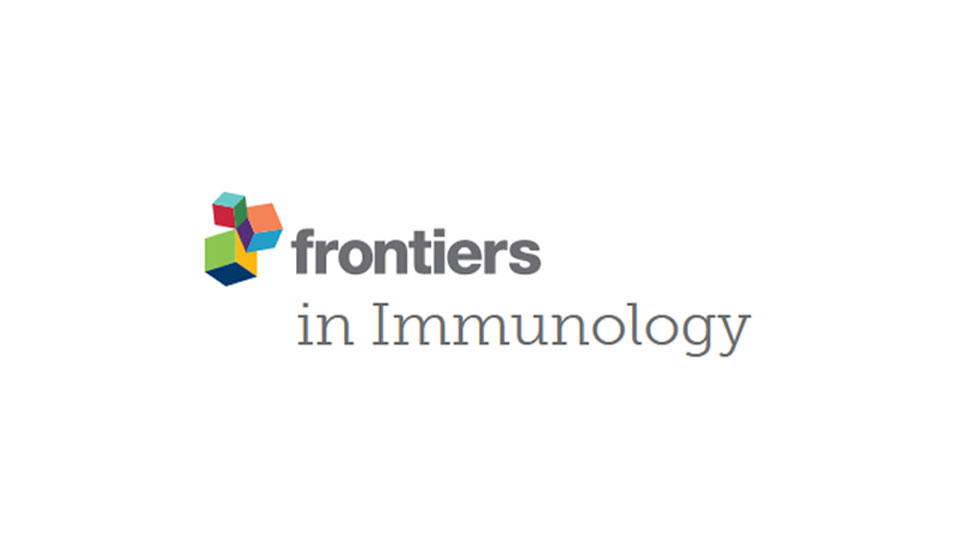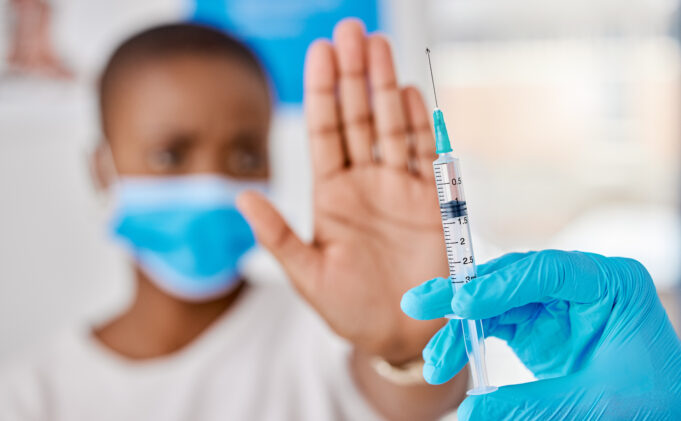A two-and-a-half-year peer-reviewed study by Ohio State University researchers found that among hospitalized COVID-19 patients, those who received mRNA COVID-19 vaccines had a significantly higher mortality rate than unvaccinated patients, even when accounting for age and comorbidities.
by John-Michael Dumais – The Defender
This article was published on The Defender—Children’s Health Defense News & Views Website on June 4, 2024
Hospitalized COVID-19 patients who were vaccinated against the virus died at nearly twice the rate compared to their unvaccinated counterparts, according to a two-and-a-half-year study conducted by researchers at Ohio State University.
The peer-reviewed study, published in February in the journal Frontiers in Immunology and covered last week by TrialSite News, found that age and comorbidities did not account for all of the observed mortality.

Researchers from multiple departments and institutes at the university, including the academic medical center’s facility, conducted the single-center study. Between May 2020 and November 2022, they enrolled 152 patients admitted to Ohio State University Hospital with acute respiratory failure.
Among the participants, 112 patients tested positive for COVID-19 and 40 patients tested negative. The COVID-19-positive group consisted of 23 vaccinated (vaxxed) and 89 unvaccinated (unvaxxed) individuals.
Among the unvaxxed COVID-19 patients, 46 were admitted before the approval of SARS-CoV-2 vaccines and 43 were admitted after the vaccines became available.
While the mortality rates for non-COVID-19 patients were 36% (n=25) and 27% (n=15) for unvaxxed and vaxxed patients, respectively, the rates among COVID-19 patients were 37% (n=89) for unvaxxed patients and 70% (n=23) for vaxxed patients.
TrialSite News founder Daniel O’Connor told The Defender:
“While the study has its issues in terms of potential confounders, possible selection bias, size, etc., the Ohio State University investigation is one of the first to take a serious look at comparing hospitalized patient outcomes by vaccination status. All the hospitalized patients either had COVID-19 or acute respiratory disease as a control group.
“The results showing the COVID-19 vaccinated died at nearly twice the rate were surprising to us and raise questions that should be further researched.”
Comorbidities, age were not sole contributing factors
The study also investigated the role of comorbidities and age in the observed mortality rates.
The Charlson Comorbidity Index (CCI) score, which considers the number and severity of comorbid conditions, was significantly higher among vaxxed compared to unvaxxed COVID-19 patients.
Additionally, the age of vaxxed patients (median: 68) was significantly higher than that of unvaxxed patients (median: 62).
However, even when comparing COVID-19 patients with similar CCI scores, the mortality risk remained significantly higher for vaxxed patients, suggesting that additional factors beyond comorbidities may have contributed to the increased mortality risk.
The researchers also found that unvaxxed patients ages 19-49 and 50-79 had somewhat similar survival probability, but the survival probability was decreased in the oldest (80+) age group.
In the older age groups (50+), which constituted the majority of the cohort, an increased risk of mortality was noted among vaxxed versus unvaxxed patients.
The findings suggest that while comorbidities and advanced age are known contributors to increased mortality among COVID-19 patients, they are not the sole factors responsible for the higher mortality risk observed in vaccinated patients with acute respiratory failure.
Did natural immunity play a role?
To better understand the immunological basis for their clinical observations, the researchers analyzed the levels of SARS-CoV-2 and common cold coronavirus (CCCoV) antibodies in the plasma of the COVID-19 patients.
They found that survivors had higher levels of SARS-CoV-2 nucleocapsid (N) and CCCoV N antibodies compared to non-survivors, particularly in the vaxxed group. This finding suggests a potential protective role for these antibodies in the context of severe COVID-19.
The SARS-CoV-2-specific immunoglobulin antibody titers were significantly higher in unvaxxed patients compared to vaxxed patients.
Also, unvaxxed patients with comorbidities had higher SARS-CoV-2-specific antibody levels compared to their vaxxed counterparts, suggesting that comorbidities were not the sole contributing factor to the decreased antibody response in vaccinated patients.
These observations raise the possibility that natural immunity, as indicated by the higher levels of SARS-CoV-2 and CCCoV antibodies, may have played a protective role in cases of severe COVID-19, particularly among unvaccinated patients.
The lower antibody levels in vaccinated patients, despite the presence of comorbidities, suggest that factors other than comorbidities may influence the immune response to SARS-CoV-2 infection in this group.
COVID vaccine likely leads to immune tolerance
The Ohio State University researchers observed a trend toward increased total IgG4 antibody concentrations in vaccinated COVID-19 patients compared to unvaccinated patients by week 3.

IgG4 is typically present in lower concentrations than the other immunoglobulin types (IgG, IgA, IgM), and is often associated with chronic exposure to antigens, as with allergies or parasitic infections.
The researchers suggested that the observed boost in IgG4 among the vaccinated may promote immune tolerance—making the immune system less responsive to specific antigens, such as those found in vaccines or pathogens.
A review article published in the journal Vaccine in January discussed the potential role of IgG4 antibodies in the non-specific effects (NSEs) of vaccines.
The authors noted that people who received two or more COVID-19 mRNA vaccines were reported to have unusually elevated concentrations of IgG4 antibodies.
They also said that other vaccines, such as those for HIV, malaria and pertussis (whooping cough), have been associated with higher-than-normal IgG4 production, which is associated with decreased protection against infections.
The review suggested that a rise in IgG4 levels may provide protection by reducing immunological hyper-activation. However, this increase in IgG4 could also lead to immune suppression, potentially increasing susceptibility to other pathogens.
The authors of the Vaccine article proposed that the high IgG4 antibody levels generated in response to repeated inoculation with mRNA COVID-19 vaccines could suppress the immune system and thus be associated with a higher mortality rate from unrelated diseases and infections.
‘Bombshell’ finding calls for further research
The authors of the Ohio State University study acknowledged several limitations that may have affected their findings.
The primary limitation was the small cohort size. “Obviously, more such studies should be funded and conducted,” O’Connor wrote on TrialSite News.
Additionally, the authors noted the small sample size did not allow for a careful evaluation of the role of individual comorbidities, such as immunosuppression, cancer, diabetes and pulmonary disease, which were highly prevalent among the vaccinated patients.
The types and combinations of comorbidities also varied between the vaxxed and unvaxxed cohorts, potentially contributing to the contrasting clinical outcomes.
Other factors to consider include the timeframe of enrollment, which may have resulted in the vaccinated population being composed of more vulnerable individuals, and the need for a longer observation period to identify significant trends in IgG4 response in vaccinated severe COVID-19 patients.
Lastly, the study population was limited to patients hospitalized with severe infection, and according to the authors, previous studies have conclusively shown that vaccination significantly reduced the risk of hospitalization among the general population. Thus, the findings may reflect the outcomes of a limited subset of patients with an altered host response to vaccination.
“A bombshell of a finding, although this is but one study it most certainly is an important one with a serious message,” wrote O’Connor.













